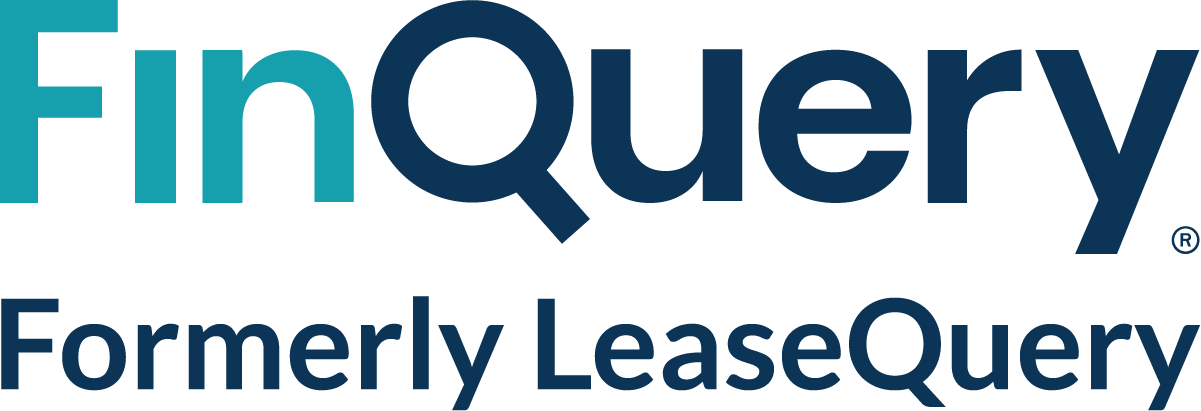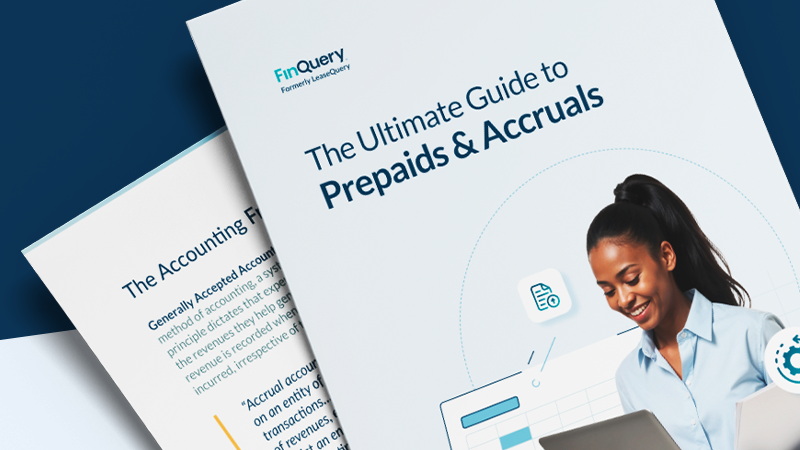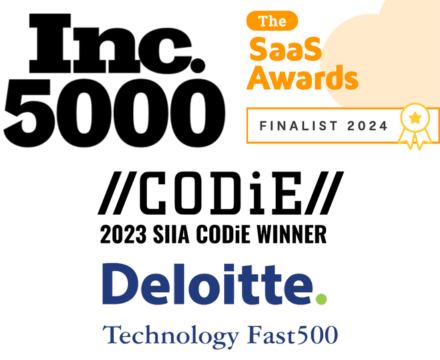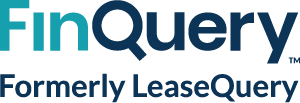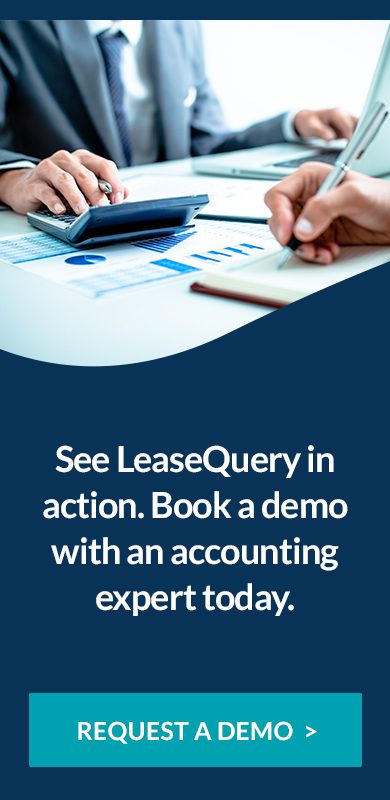It’s a classic tale in business: what got you here won’t necessarily get you there. This is especially true for lease accounting. The systems and processes that worked perfectly when your lease portfolio was smaller and simpler can start to show cracks as your organization grows. Ongoing compliance ASC 842 or IFRS 16 – from nuanced calculations to frequent modifications – can cause your once-sturdy lease accounting framework to feel the strain. Recognizing these growing pains is the first step towards building a more resilient and scalable future.
So, how do you know if your lease accounting is hitting its limits? Here are five common signs that your portfolio might be outgrowing its current britches:
1. Spreadsheet sprawl is back (or never left)
Remember those carefully constructed spreadsheets? Perhaps you thought you had them under control, or maybe they were always a necessary evil. Even if you’ve implemented a dedicated lease accounting solution, you might find your team increasingly reverting to spreadsheets or separate central repositories to bridge gaps.
Perhaps it’s to manage specific, complex lease types your main system struggles with, track intricate modifications before they’re entered, or consolidate data from disparate sources. Whatever the reason, you’re noticing a resurgence: juggling multiple offline versions, complex formulas becoming increasingly prone to breaking, and your team sinking valuable hours into manual reconciliations and data transfers between systems.
This reliance on supplementary tools outside your core solution isn’t just inefficient; it’s a breeding ground for errors, version control nightmares, and inconsistencies that can have significant financial reporting implications.
2. Reporting feels like a root canal
Month-end, quarter-end, or year-end – when it comes to lease accounting, does your team brace for impact? If generating what should be standard disclosure reports, roll-forwards, amortization schedules, or even basic journal entries has become a multi-day, painstaking ordeal, it’s a clear red flag.
This pain is magnified if you’re grappling with leases in multiple currencies and the associated foreign exchange complexities, attempting to satisfy dual-reporting requirements (such as producing reports under both ASC 842 and IFRS 16), or trying to accurately process and reflect complex catch-up adjustments from prior periods. Need to provide point-in-time reporting for a specific historical date? This too can turn into a significant manual trawl through old data if your system isn’t built for it.
This shouldn’t be a high-stress, error-prone marathon. Ideally, reporting should be a relatively quick, automated process that provides accurate, auditable data with minimal manual intervention, regardless of these inherent complexities.
3. The modification maze
Business is dynamic, and so are leases. Throughout their lifecycle, you’ll inevitably encounter changes in terms, remeasurements due to reassessments of lease likelihood (like deciding to exercise a renewal option previously deemed uncertain), impairments, or partial terminations. These are all standard events. However, if every lease modification sends your team scrambling through complex recalculations and manual adjustments, you’re navigating a minefield.
For instance, consider a common scenario: you decide to extend the lease term for a key piece of equipment and the lessor also agrees to a change in the monthly payment. Manually recalculating the new lease liability based on the revised future payments, correctly adjusting the Right-of-Use (ROU) asset (which might involve different calculations depending on whether the modification is treated as a separate lease or not), and ensuring the subsequent amortization and interest expense schedules are updated accurately – often across multiple linked spreadsheets or by re-keying data – can be a recipe for misstatement. This manual approach not only consumes significant time but also dramatically increases the risk of errors in your ROU asset and lease liability figures, potentially leading to compliance headaches down the line.
4. Audit dread: The toll on your team, timeline, and financials
The mere mention of an upcoming audit shouldn’t induce panic, but for many teams, it’s a period marked by anxiety. If you lack a clear, easily accessible audit trail for every lease, every calculation, and every modification, audit season invariably becomes intensely stressful. It’s not just the immediate pressure of scrambling to pull supporting documentation, explain manual modifications, or demonstrate the integrity of your numbers that erodes confidence – both internally and with your auditors. The repercussions run deeper and can be costly.
Auditors spending extra billable hours navigating disorganized data or verifying manual processes can lead to significantly higher audit fees, directly impacting your bottom line. Furthermore, the constant fire drills, long hours, and high-stakes pressure during audit season can significantly contribute to team burn-out, lowering morale and risking the loss of valuable institutional knowledge if team members decide to leave. The discovery of material errors, often a risk with less robust systems, can lead to costly restatements and damage stakeholder confidence. A robust system, in contrast, should provide transparent, readily available data that makes audits smoother, less daunting, and ultimately more cost-effective, preserving both your financials and your team’s well-being.
5. Unearthing value: How AI and automation transform lease data into insight
Your leases are rich with strategic data, but can your team tap into it if they’re bogged down in operational tasks? Too often, skilled finance professionals are consumed by the manual grind of abstracting critical data from lengthy lease agreements and performing laborious reconciliations. This leaves little time for higher-value strategic work, like optimizing lease terms or accurately forecasting expenses. Imagine if automations, particularly AI-powered data extraction, could slash this manual effort, boosting both speed and accuracy from the outset. This technology frees your team from data drudgery, allowing them to focus on true financial strategy and transforming your lease data from a manual burden into a powerful strategic asset.
Summary
Recognizing that your team is bogged down by spreadsheet sprawl, complex reporting demands, difficult modifications, stressful audits, or an inability to leverage lease data strategically is the first step. These aren’t just daily frustrations; they are direct impediments to achieving a faster, more accurate month-end close, reducing audit queries and fees, and empowering your team to become true business partners.
The urgency is clear: you need a system designed to automate the extraction of complex lease data using AI, generate comprehensive reports for multi-currency or dual-reporting needs effortlessly, and simplify the entire audit process. Waiting for these pressures to ease on their own isn’t a strategy; it’s time to equip your team with tools that turn lease accounting from a burden into a streamlined, value-adding function.
